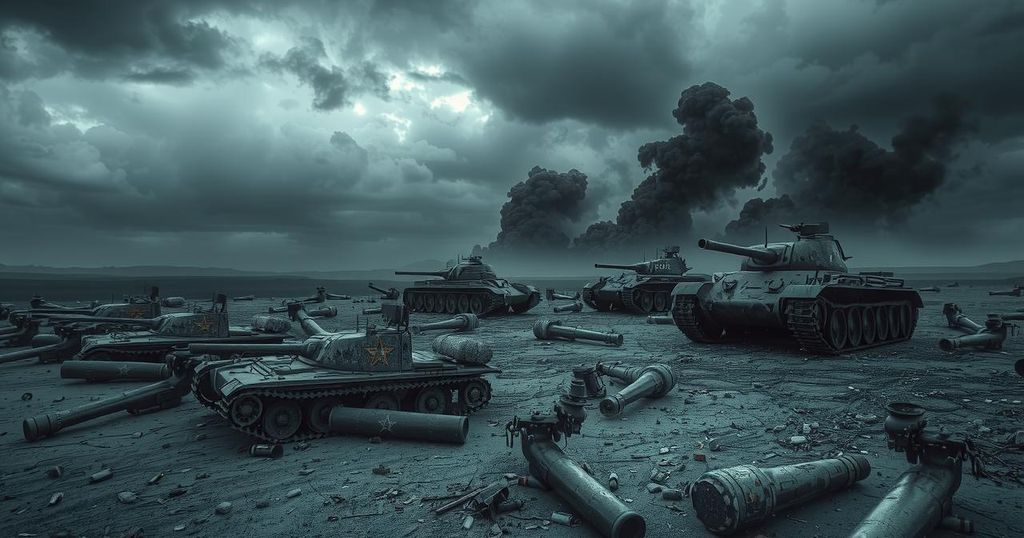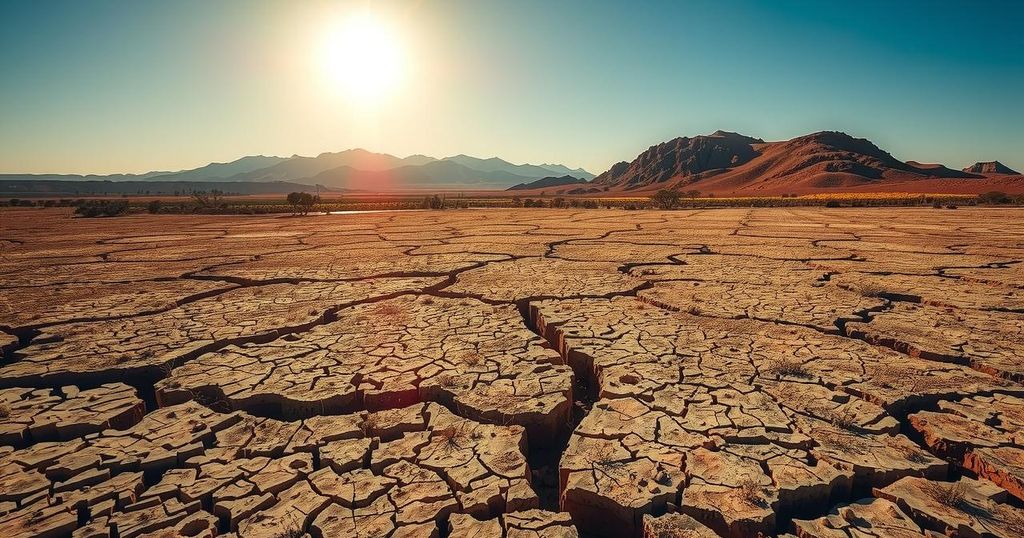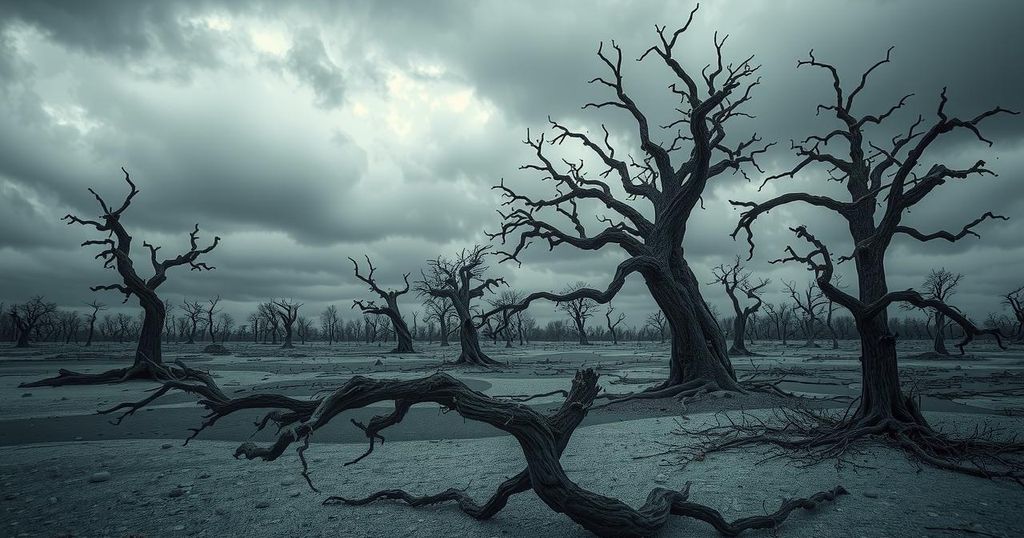A Historical Perspective on the Deadliest Conflicts: Annual Death Tolls
This article discusses the deadliest conflicts in history by focusing on annual death tolls rather than only total casualties. It highlights World War II and World War I as the most deadly, alongside notable shorter conflicts such as the Bangladesh Liberation War. The analysis emphasizes how different durations of conflicts lead to varying impacts on human life and the importance of understanding these patterns for future conflict prevention.
Throughout history, armed conflicts have profoundly influenced nation-states, altered territorial boundaries, and inflicted significant suffering on humanity. Total casualty figures frequently serve as a metric for gauging the scale of war. However, an examination of annual death tolls provides a distinct perspective on the intensity and devastation of these conflicts.
Among recorded wars, World War II is acknowledged as the most lethal, with an estimated total of 85 million deaths occurring from 1939 to 1945. This equates to an average of 14.17 million fatalities annually, signifying the severe magnitude of this widespread conflict. The war’s atrocities included both direct military engagement and the horrific acts of genocide such as the Holocaust, alongside the catastrophic bombings in Hiroshima and Nagasaki.
World War I, commonly known as the Great War, ranks as the second deadliest conflict based on annual death tolls. Between 1914 and 1918, this war accounted for approximately 15 million deaths, resulting in a yearly death toll of 3.75 million. Innovations in warfare such as chemical weapons and trench warfare contributed to these staggering casualties, and the war precipitated the collapse of empires while laying the groundwork for future hostilities.
The 1971 Bangladesh Liberation War illustrates that shorter, intensely violent conflicts can yield death rates comparable to prolonged wars. This single-year conflict resulted in around 3 million deaths, showcasing the brutality of the struggle for independence and the mass human cost associated with such rapid violence.
Other notable conflicts, including the Chinese Civil War, the Napoleonic Wars, and the Korean War, also led to significant casualties, albeit with lower annual death tolls due to their extended durations. This pattern underscores the notion that while longer conflicts may accumulate higher overall death counts, sharply defined wars can provoke devastating impacts in limited timelines.
Evaluating wars through annual death tolls elucidates the various pacing and unfolding of conflicts, revealing how some, like the Napoleonic Wars, distributed casualties over years, contrasting starkly with the concentrated suffering seen in the Bangladesh Liberation War. Grasping the magnitude of warfare through both cumulative and annual perspectives supports historians and policymakers in discerning patterns of conflict and their broader implications.
Analyzing history via both total casualties and annual death tolls fosters a comprehensive understanding of warfare’s human costs. Total death counts illustrate the extensive destruction over time, while annual rates highlight the acute intensity of certain conflicts in brief intervals. These metrics serve as essential reminders of war’s devastating effects, emphasizing the necessity for diplomatic initiatives and conflict prevention measures to avert future tragedies.
In summary, examining wars through both total casualties and annual death tolls provides a multifaceted view of their impacts. While World War II and World War I stand as the most deadly conflicts in absolute terms, short but bloody wars like the Bangladesh Liberation War demonstrate the acute devastation that can occur in compressed timeframes. Understanding these dynamics is crucial for future conflict resolution efforts.
Original Source: globalsouthworld.com




Post Comment